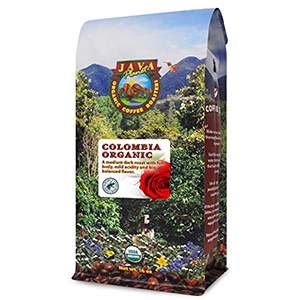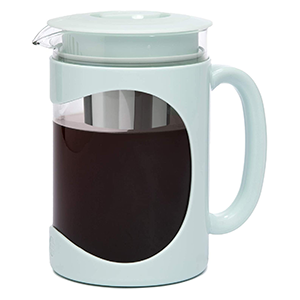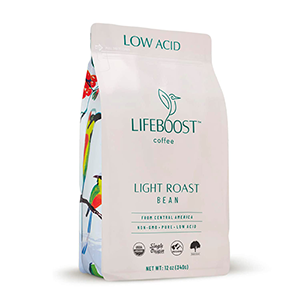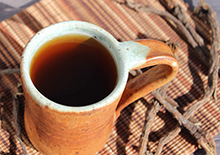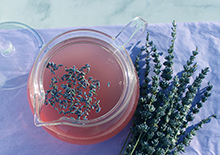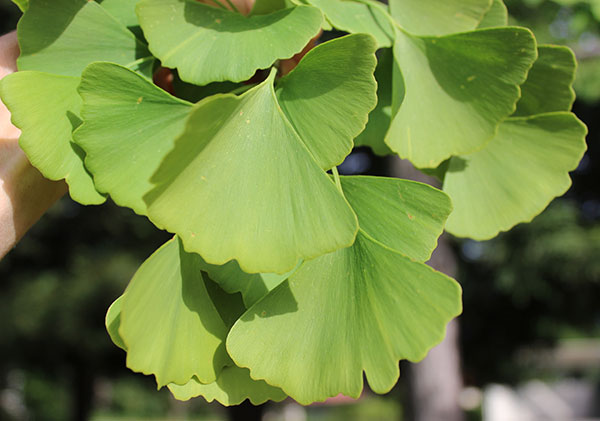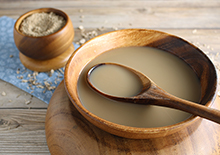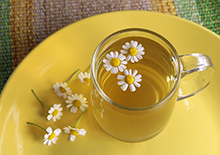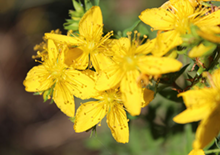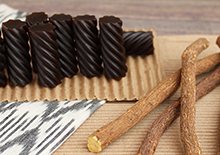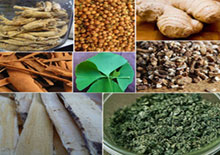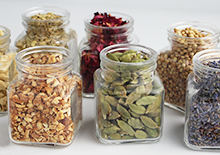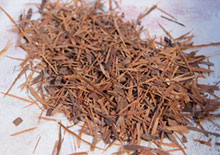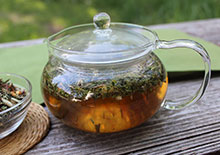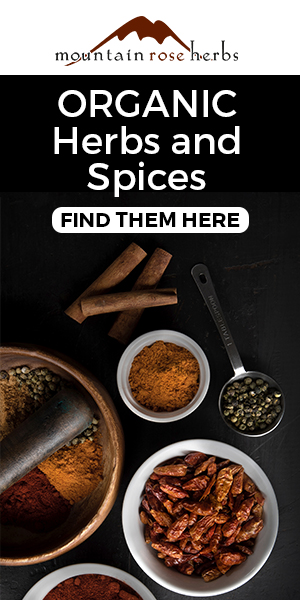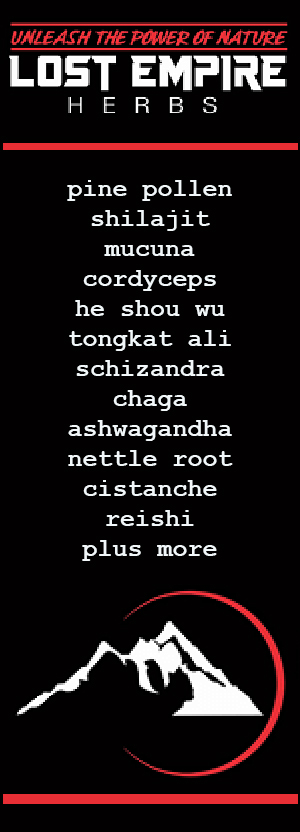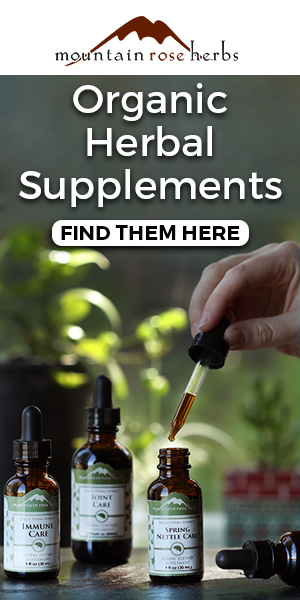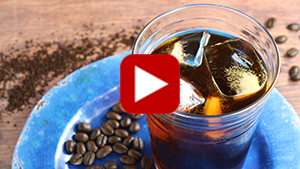- Home
- List of Herbs
- Cold Brew Coffee
Cold Brew Coffee Vs Regular Coffee, What's the Difference?
Intro | Cold Brew Coffee Vs Regular | Advantages and Disadvantages | How to Make | Precautions | Shop
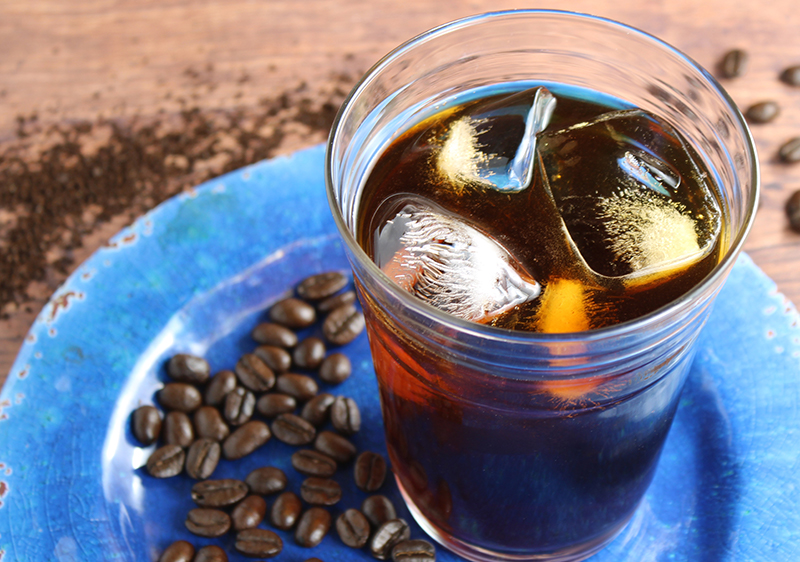
Coffee is the second most popular drink next to water that many people drink every day all over the planet. The question of whether it is good or bad is not always an easy one to answer.
Yes, traditionally prepared hot coffee is a source of antioxidants but for some, it can be too overstimulating to the nervous system and cause unwanted side effects over long-term use. Being one of the top caffeine sources, it can also be quite addictive.
Table of Contents
Intro | Cold Brew Coffee Vs Regular | Advantages and Disadvantages | How to Make | Precautions | Shop
We here at Superfood Evolution, don't promote the over-use of caffeinated substances, including the list of "healthier" varieties such as matcha, yerba mate and green tea. Rather, we encourage healthy diet and lifestyle practices that naturally energize the body as well as support long-term wellness.
We consume caffeine in moderation. As a couple, one of us customarily enjoys one cup of coffee a day while the other prefers these mentioned stimulating tea options. Often, these beverages are spiked with different types of medical mushrooms and tonic herbs.
Since the cold brew coffee trend in recent years, avid coffee drinkers often ask us, "Is it better than regular coffee?" This is our research on the pluses and minuses of each as well as a bit of personal experimentation to compare the two.
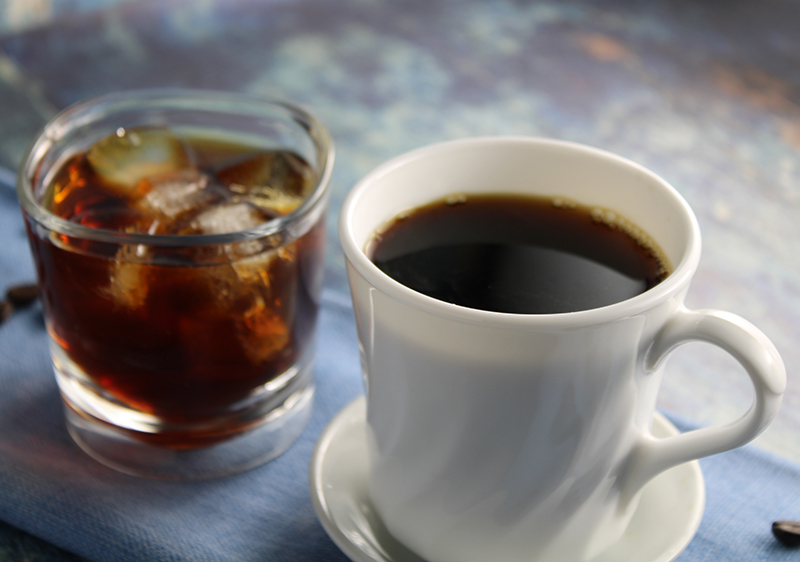
Cold Brew Coffee Vs Regular Coffee
First off, cold brew coffee is NOT the same thing as iced coffee though it may be portrayed with ice in image advertisements or food photography. While cold brewed can be iced after it's made, the term "iced coffee" usually refers to slow drip percolated hot coffee that is cooled and then iced.
The obvious difference between cold brew and regular coffee is the brewing temperature. Regular coffee is brewed at a standard temperature between 195-205 °F (91-96°C). Cold brew coffee is made with medium-coarse ground coffee beans and room temperature water around 68-70°F (20-21°C).
The infusion is refrigerated and left to infuse overnight or 12-24 hours. The coffee is strained out and the concentrate that remains is cold brew coffee, sometimes called "cold-pressed" or "cold water extracted".
Because cold brew varieties don't involve hot water for the coffee bean extraction, the chemical composition in the end result is a bit different. Here is our list of the advantages and disadvantages between the two.
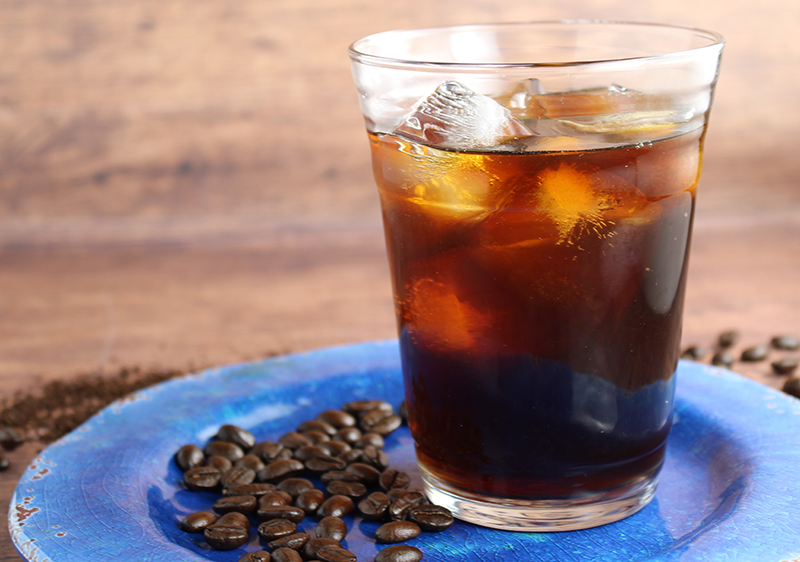
5 Advantages and Disadvantages Cold Brew Coffee
1) Known to Be Less Acidic
2) Lower in Antioxidants
3) About Caffeine Content
4) The Convenience
5) Aroma and Taste
1) Known to Be Less Acidic
One of the often-claimed health advantages of cold brew coffee is that it is LESS ACIDIC than regular coffee. Acidity or lower pH is an aspect that can cause side effects like heartburn or other gastrointestinal issues for many people.
In observations comparing cold brew and hot brew methods on different coffee roasts (light, medium and dark), cold brew methods were claimed to be "slightly less acidic than their hot brew counterparts." This is thought to be due to the lower amount of total titratable acid levels.
Again, in other research analyzing cold brew and hot brew coffee using equal amounts of light roast coffee from several sources, results identified that cold infused varieties were in fact less acidic than conventional java.
2) Cold Brew Coffee is Lower in Antioxidants
It was likewise identified in the previously mentioned study that a lower acidity in coffee measured ran parallel to a lower number of antioxidants present. So consequently, there is a sacrifice with cold brew coffee. It can be less acidic on the body systems, but it also contains fewer antioxidants.
Typically, hot brew coffee (especially light roast) is known for its high phenolic antioxidants, an attribute that is suggested to make it beneficial to health with moderate consumption.
This includes the family of hydroxycinnamic acids including chlorogenic acid and caffeic acid. It is important to note, however, that higher dark roasting techniques can diminish these compounds.
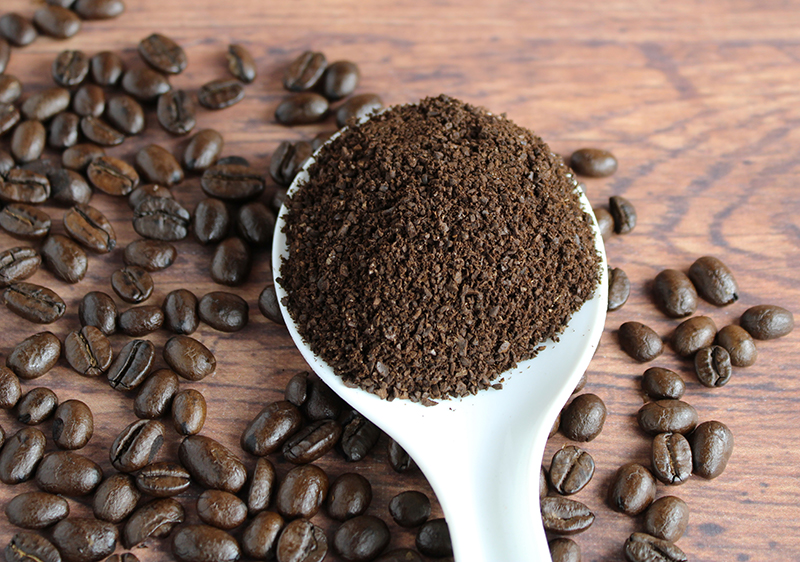
3) About Caffeine Content in Cold Brew Coffee
Cold brew coffee is found to be higher in caffeine compared to a standard cup of coffee. This has been identified in some research observing hot and cold methods.
Most consider cold brew a "concentrate". Typically, it is not intended to be consumed straight but diluted with water and/or milk. Often recommended portions are one cup concentrate to 2 cups water/milk.
However, the amount of caffeine can be controlled somewhat by increasing or reducing the infusion period. In other words, an overnight cold brew will have more caffeine than a 4-6 hour one.
And obviously, the caffeine content can also depend on the type of coffee beans you use as well as the coffee to water ratio utilized.
4) The Convenience of Cold Brew Coffee
Cold brew coffee is easy to make and while you can purchase a special cold brew maker or use a French press, any glass jar and fine mesh strainer will also work.
Kept on hand in the fridge for up to ten days, it can be used in the hot summer months to make iced coffee. In the colder seasons, it can be diluted with hot water or heated straight for a warming beverage.
Likewise, it makes a versatile addition to recipes to add a coffee flavor to desserts, blended drinks, chai and mocktails. Try it when making chaga coffee, ghee coffee or tonic elixirs.
5) Cold Brew Coffee Aroma and Taste
One of the big disadvantages of cold brew coffee is that you don't get the tantalizing fragrance that you get when brewing a traditional cup or pot of coffee. This is because it requires heat to release the bean's robust aroma.
However, taste is in the eye of the beholder. Some prefer the taste of cold extracted over its hot counterpart and vice versa.
Cold-extracted is described by fans to be sweeter less bitter with a smooth consistency. But regular coffee, with more acidity and bitterness, also features different flavors. So, to some coffee connoisseurs, nothing can replace a freshly made hot brewed cup of coffee.
This aspect can also translate to many herbs, spices and aromatics that release more of their fragrance when heated or prepared as a tea infusion.
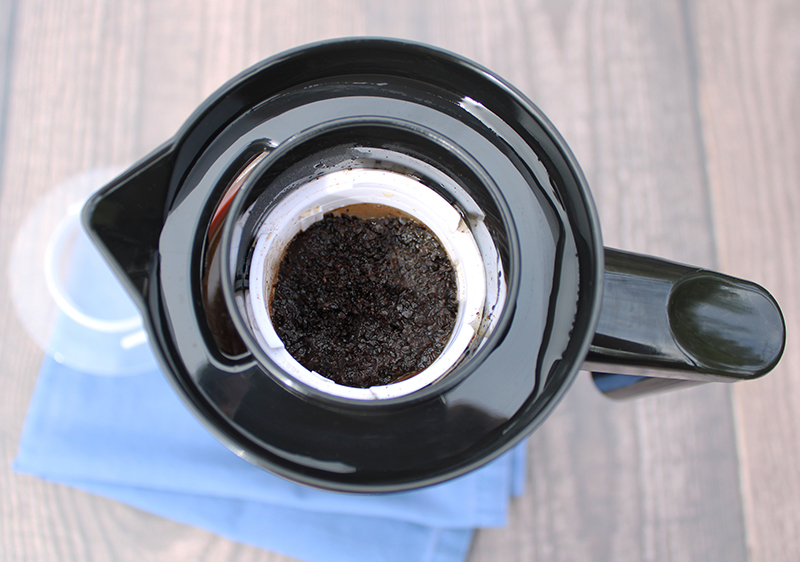
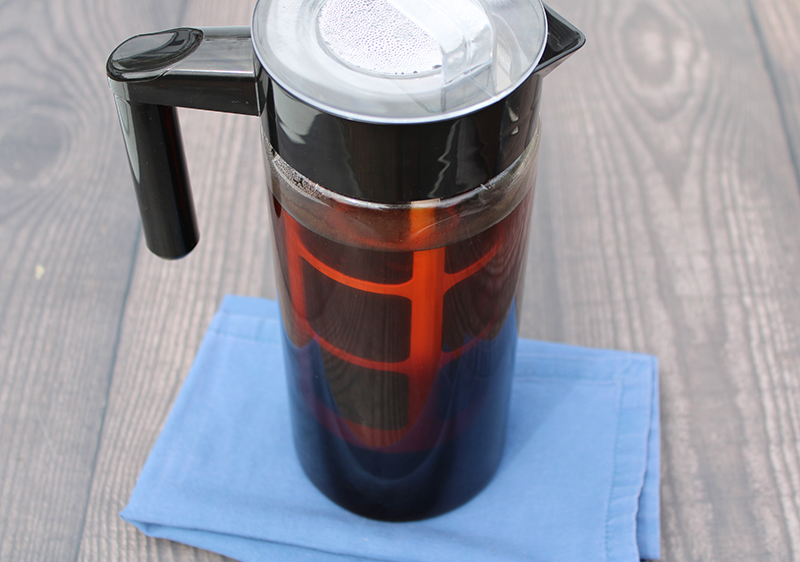
How to Make Cold Brew Coffee
Typically, a coarse coffee grind is ideal when preparing cold brew coffee. Most enthusiasts seem to opt for about a 4:1 ratio of water to ground coffee. This would be the equivalent to 16 tablespoons (or one cup) per quart (4 cups) of room temperature water.
To make cold brew coffee, simply place one part coarse coffee grounds in a jar or cold-press coffee maker. Add four parts water and allow to steep with a lid in the refrigerator overnight or 24 hours. Strain coffee and serve or store in the fridge for later use.
Precautions:
People who are sensitive to caffeine should avoid cold brew coffee. Overconsumption of caffeinated substances can cause short-term and long-term health issues. It's best to avoid cold brew coffee if pregnant or nursing. Consult your healthcare professional before consuming it if you are taking prescribed medications or have a serious medical condition.
Shop Related Products (About Affiliates & Amazon Associate Paid Links)
Affiliate Disclaimer: This section contains affiliate product links. If you make a purchase through our recommended links, we receive a small commission at no additional cost to you. Thanks for the support.
